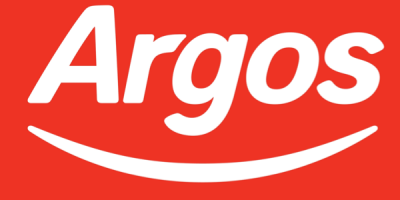
Laura Martin thanks the firm for the reply but feels more can be done to prevent ‘heavily gender stereotyped’ images getting into the Argos catalogue
Laura Martin believes there are questions still to be asked of Argos’ gender marketing in light of the retailer responding to her letter, and ToyNews, last Thursday.
Martin sent a letter to the retailer’s CEO and ToyNews last Monday, taking issue with the gender specific marketing in the retailer’s latest catalogue. Argos then replied, stating ‘we do not support the enforcement of stereotypes of any kind’, but claiming ‘some customers do prefer to search for toys by gender, especially when buying presents’.
Martin has followed this up by sending a reply to Argos toy trading manager Andrea Abbis.
Her email thanks Abbis for the correspondence but believes more could be done to prevent ‘heavily gender stereotyped’ images getting into the catalogue in the first place.
Martin states: ‘Your suppliers are giving you images which are heavily gender stereotyped, and because it is cheapest and easiest to use the images you have been given, these are the ones which are used.’
She ends her email with the question ‘Is it out of the question for you to request that their images reflect Argos’ policy regarding gender stereotyping?’
Read Laura Martin’s complete response to Argos below:
Dear Andrea
Thank you for taking the time to respond to my email, it is appreciated.
I fully appreciate the points you make, and I am pleased to hear that Argos’ official policy is not to support the enforcement of gender stereotyping of toys. Indeed, I would have been extremely surprised if your policy was anything different.
However, the fact remains that half an hour browsing your catalogue left my daughter in no doubt which toys were “for boys”, by which I mean toys of programmes such as Jake and the Neverland Pirates, Octonauts, Thomas and Fireman Sam which were previously favourites of hers. So, I might suggest that the steps you have taken are not nearly enough.
I understand that you have changed your methods of categorisation, but let’s not forget that small, easily influenced children cannot read. Removing the actual words “For Girls” or “For Boys” makes no difference whatsoever. As I said in my first email, it is images which matter. You said you “are committed to working with our suppliers to look at ways to ensure a broader representation of gender through imagery and marketing materials”. This is the actual problem isn’t it? Your suppliers are giving you images which are heavily gender stereotyped, and because it is cheapest and easiest to use the images you have been given, these are the ones which are used. I have worked in online marketing for a company which also produced an offline catalogue, I know exactly how the process works. The difference is that the catalogue I worked on was not selling toys and had no influence on children so we didn’t have to press our suppliers over it.
I’m not the sort of mum who doesn’t let her child play with dolls or dress up as a princess, she can play with what she wants. But when her own genuine interests are nipped in the bud by careless images I’m going to get annoyed at the company responsible. As one of the “UK’s leading and longest established toy retailers” suppliers must be queuing up to be featured in your catalogue. Is it out of the question for you to request that their images reflect Argos’ policy regarding gender stereotyping?
Many thanks for your time, I really do appreciate it.
Laura Martin


